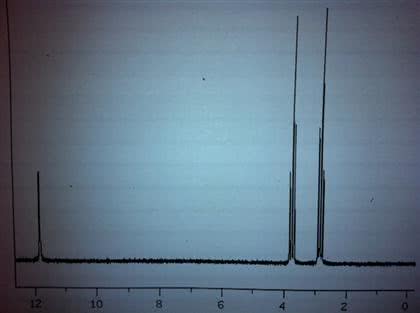BIOC 302 Lecture Notes - Lecture 12: Malonyl-Coa, Fatty Acid Synthase, Acetyl-Coa Carboxylase
Document Summary
Lipid: a small water insoluble molecule generally containing sterol, fatty acyl or isoprenoid moieties: soluble in organic solvents (ex. Chloroform or hexane: often amphipathic lipids are predominantly hydrophobic, but with some hydrophilic character, types of lipids 7 major groups. Lipid metabolism: fatty acids (fa) unsaturated (double bonds are present, carboxylic acids containing a long hydrocarbon chain which can be saturated (no double bonds) or, we can vary the number of carbons and number of double bonds. Oleate = 18 carbons, 1 double bond. Fa nomenclature: simple numbering, count carbons starting from the carboxylic acid carbon, the double bonds are indicated by the carbon closest to the carboxylic acid, greek letters. Oleate is a cis 9 fa therefore oleate =18:1 cis 9: ignore the carboxylic acid carbon and label the next carbon, the double bonds are indicated by counting from the . **the last carbon is always omega ( ) carbon.


